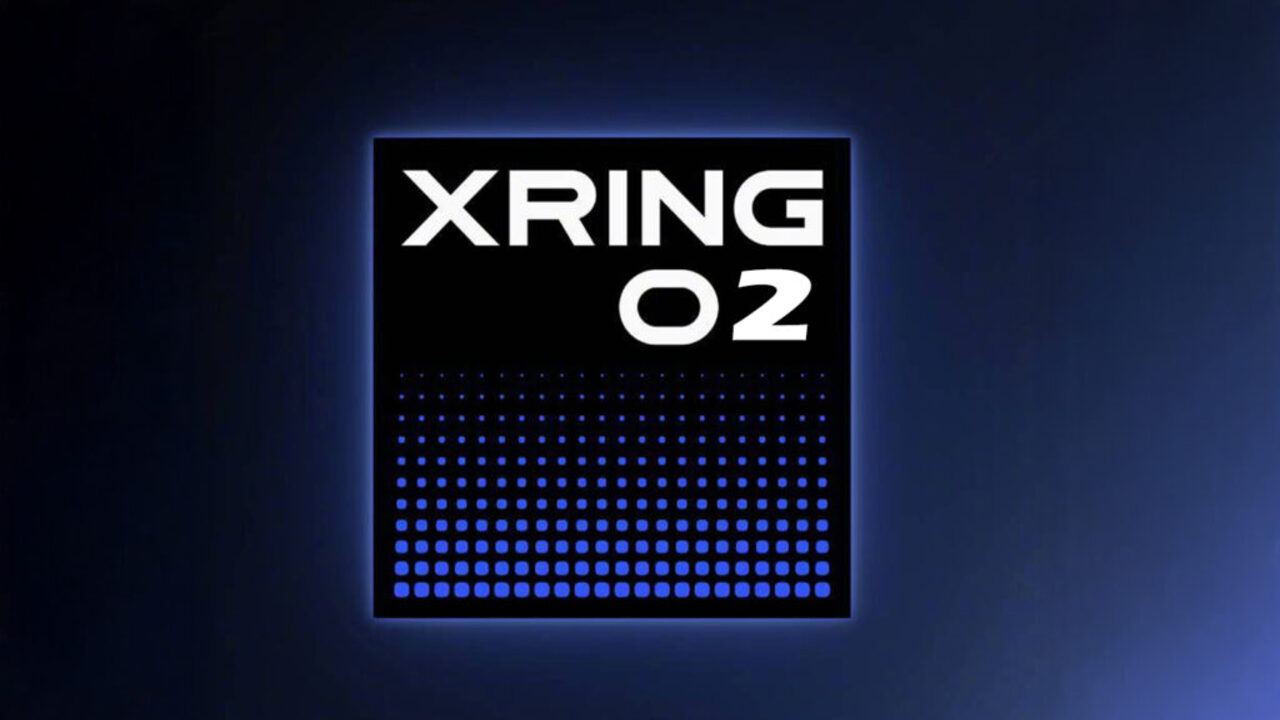Xiaomi is preparing to take its second step in the mobile processor development process. The XRING 02 processor, developed after the company’s first-generation mobile chip XRING 01, will not be limited to phones and tablets. New information shows that the processor will be used in a wider range of products ranging from smartwatches to cars.
The scope of the XRING 02 processor is expanding
The latest leaks about the XRING 02 reveal that the processor will open the door to a more integrated Xiaomi ecosystem with multi-device support. This structure points to an architecture similar to Apple’s device-to-device integration strategy. The aim is to establish direct communication between devices using the same chip.

For example, a phone or smartwatch with an XRING 02 processor can open or lock the doors of a car carrying the processor, or send various commands remotely. These scenarios are currently only theoretical and it is not clear whether they will be used in real products. However, the leaks confirm that this integration is among Xiaomi’s future plans.
On the hardware side, the processor’s production process is a matter of debate. It was initially stated that XRING 02 would be developed with a 2nm manufacturing process. However, technology export restrictions imposed by the US on Chinese companies prevent the use of EDA tools that are critical for advanced semiconductor design. This situation caused Xiaomi to suspend its 2nm target.
In the latest case, it is considered that the processor may be limited to 3nm-class manufacturing processes such as TSMC’s previously announced N3E. This means that the processor may be one step behind its competitors in terms of performance and energy efficiency.
Xiaomi has not yet shared official technical details about XRING 02. The available information is limited and many elements still remain at the leak level. However, the company’s plan is not just to produce a powerful processor. XRING 02 stands out as part of Xiaomi’s aim to create a much more integrated and interactive technology ecosystem shaped around its own hardware and software architecture.













